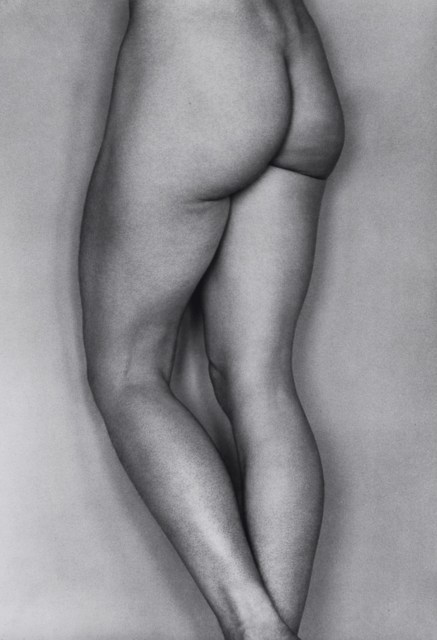Edward Weston (1886–1958) was a pioneering American photographer whose uncompromising vision reshaped the photographic landscape of the 20th century. His contributions to modernism established photography as a legitimate art form, characterized by its directness, technical mastery, and aesthetic rigor.
Born in Highland Park, Illinois, Weston was gifted his first camera at the age of 16, igniting a lifelong passion for the medium. Early in his career, he worked in the pictorialist style, favoring soft focus and painterly effects. However, by the 1920s, Weston abandoned pictorialism in favor of a sharp, unembellished aesthetic that would define his mature work. Influenced by the burgeoning modernist movement, he sought to capture the inherent beauty of his subjects through precise composition and a profound engagement with form.
Weston's fascination with the natural world manifested in his meticulously detailed still lifes of shells, peppers, and other organic forms. His series of sensuous nudes, often photographed in California’s dramatic landscapes, exemplified his belief that the camera could reveal the purity and essence of the human form. He further explored abstraction through architectural studies and desert landscapes, reducing his subjects to elemental shapes and textures.
In 1932, Weston co-founded Group f/64 alongside Ansel Adams, Imogen Cunningham, and other West Coast photographers. The group’s manifesto promoted "straight photography"—images defined by clarity, sharp focus, and careful composition. This philosophy underscored Weston's commitment to presenting the world with an unflinching yet poetic gaze.
In 1937, Weston became the first photographer to receive a Guggenheim Fellowship, which enabled him to travel extensively throughout the American West. His photographs from this period capture the vastness and intricate beauty of the landscape, offering a visual testament to the majesty of nature. Despite being diagnosed with Parkinson's disease in the 1940s, Weston continued to photograph and oversee the printing of his work, collaborating closely with his son, Brett Weston.
Edward Weston’s legacy endures as one of the pillars of photographic modernism. His ability to distill the essence of a subject through light, shadow, and form has left an indelible mark on the art of photography. His works reside in major institutions, including the Museum of Modern Art in New York and the San Francisco Museum of Modern Art, ensuring his influence will continue to inspire future generations of photographers and art enthusiasts.
Considered one of America’s most innovative and influential photographers, Weston became successful working in a soft-focus, pictorial style. He won many professional awards and gained an international reputation for his excellent portraits and dance studies. Weston was heavily influenced by photographer Margrethe Mather, who became his model and studio assistant for ten years. In the early 1920s Weston moved to Mexico and there opened up a photographic studio. Many of his most important photographs were taken in that studio and his time in Mexico. While in Mexico, many he was considered a master of photography by famous artists like Jose Orozco and Diego Rivera.
©cigdemymirol
